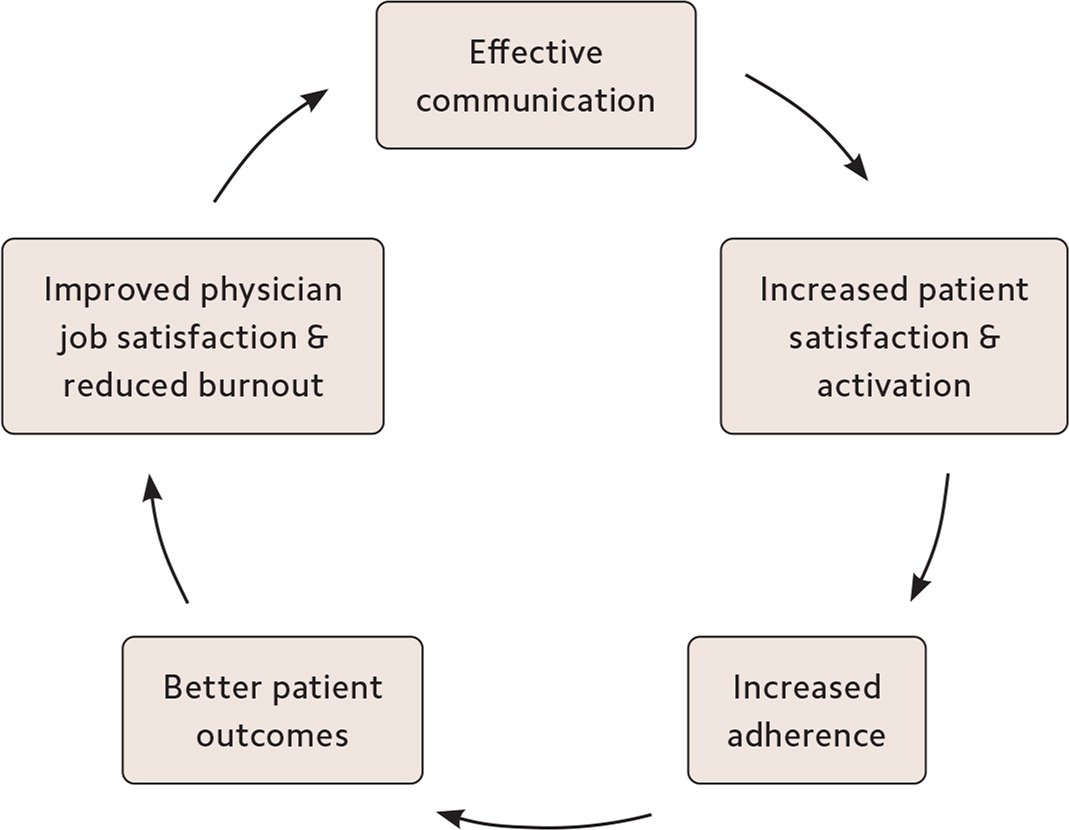
These evidence-based strategies can help you understand your patients' context so you can better care for and empower them.
Fam Pract Manag. 2025;32(3):21-25
Author disclosures: no relevant financial relationships.

Primary care is a demanding field, requiring a high cognitive load due to complex patient histories, broad differential diagnoses, multiple treatment options, expanding medication lists, and a variety of team members. Physicians are tasked with managing all of these variables while also communicating well with patients to create a detailed picture of their health.
However, research has consistently found gaps in patient comprehension of even basic components of their visits,1 and patients often express that their physician does not fully understand their concerns or undervalues their perspective.2 Overcoming these barriers is crucial, as improved communication enhances not only the exchange of information but also the therapeutic relationship.3,4

Effective communication often requires a trauma-informed mindset, given that roughly half of primary care patients have undergone some form of trauma.5 This means approaching each patient with empathy and curiosity about “What happened to you?” rather than “What is wrong with you?”
This article presents five communication strategies that can help create psychological safety, build trust, and facilitate better patient interactions, particularly with individuals who have experienced trauma.
Subscribe
From $110- Immediate, unlimited access to all FPM content
- 30 CME credits/year
- AAFP app access
- Print delivery available
Issue Access
$39.95- Immediate, unlimited access to this issue's content
- CME credits
- AAFP app access
- Print delivery available
Article Only
$25.95- Immediate, unlimited access to just this article
- CME credits
- AAFP app access
- Print delivery available
